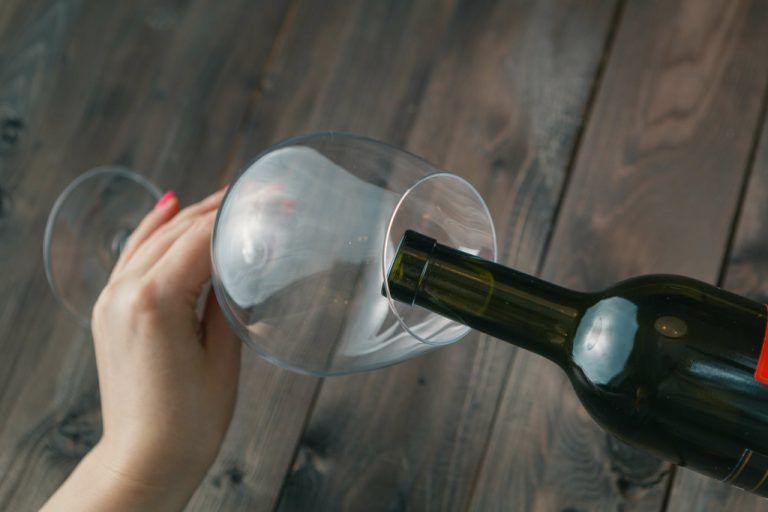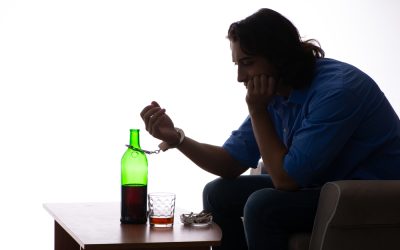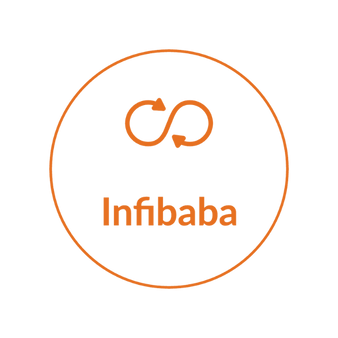Sober living
The Addiction Cycle: What Are The Stages of Addiction?
It involves an intense rush of pleasure as the drugs activate the brain’s dopamine system. It’s difficult to break the cycle of addiction, but it’s not impossible. She began to use alcohol in place of medication to help her sleep and as a mental health “treatment” for anxiety.
Tolerance and Substance Dependence

Some of these behaviors may reflect lack of parental supervision, such as frequent tardiness or absence from school or carelessness in dress or personal hygiene. Many people who work with children are not trained to recognize these subtle signs; in addition, these signs are not specific to COA’s. Therefore, researchers have developed questionnaires to identify COA’s who do not display obvious behavior problems (Dies and Burghardt 1991). While treating the physical body addicted to drugs or alcohol through detoxification is the same, treating the psychological side of patients requires an individualized approach. Additionally, if a patient has a mental illness, this requires a completely different professional treatment program than those who have become addicted through recreational use.

Keys to Breaking the Cycle of Addiction
- Although you can’t eliminate everything stressful from your life, you can avoid certain situations that cause you extreme levels of stress.
- Substance abuse is the next step in the development of an addiction.
- Addicts must learn new ways of coping with stress in this stage to genuinely solidify change and beat the addiction.
A dopamine hit brings about pleasure, and then is quickly followed by pain, or a come-down, in order to keep us motivated. Lembke says this balancing see-saw of pleasure and pain made sense in the time of early humans, when we had to constantly search Top 5 Advantages of Staying in a Sober Living House for our basic needs – food, water, shelter. “It’s really an ingenious method to make sure that no matter what we do, that’s pleasurable. It doesn’t last very long and it’s followed by pain so that immediately we’re searching again,” she explains.
- Emshoff (1990) used a randomized design to compare COA’s participating in STAR with nonparticipant COA’s over a period of time.
- Therefore, this article discusses both types of programs somewhat interchangeably.
- On top of this, there can also be some resistance from traditional mental health professionals who may be more skeptical of the professional capabilities of peer supporters.
- The first recovery step is recognising the addiction and its impact on one’s life.
- Over the years, a person who occasionally drinks or uses drugs casually may develop a habit that can become an addiction.
Treatment Programs

Research has shown that practicing relaxation techniques will not only help eliminate stress but will also promote good health. Taking 10 to 20 minutes each day can help you balance your emotions and achieve mindfulness. If you observe a couple of these signs in a loved one, they may be hiding an addiction, https://thefloridadigest.com/top-5-advantages-of-staying-in-a-sober-living-house/ and you may need to encourage them to seek help. Few things are as frightening as losing control, feeling powerless against overwhelming forces. When overcome by events, we can feel swept up on relentless waves of circumstance that hurl us toward terrifying heights and bone-jarring lows.
Phase 2: Abuse and Tolerance
Harj Gahley, from Slough, Berkshire says his gambling addiction nearly destroyed his life. Connie Schaaf, director of alignment and program team lead for TSTC’s Chemical Dependency Counseling program, said witnessing an individual’s journey from addiction to recovery is rewarding. The world is constantly changing – for better or for worse – and it can be overwhelming to deal with everything going on. While society is becoming more comfortable discussing mental health, it can still be hard to know “Where to Start” when it comes to taking care of your own well-being. A cross-site study by the New York Association of Psychiatric Rehabilitation Services conducted in New York and Wisconsin revealed significant outcomes for clients who received peer-support services. There was an average reduction of over 43% in inpatient services, alongside a nearly 30% increase in outpatient treatment visits.
- At a certain point, the body or brain becomes dependent on having the substance to be able to function properly.
- We may not fully recognize that these feelings exist, let alone know where they came from.
- In hospitals, peer support workers help reduce readmissions by providing continuity of care and a greater degree of emotional support.
- Yet, there are instances in which the observation of parental drug abuse can allow the next generation to become exceptionally resilient.
- There are three ways to “bind” yourself from – or place limits on – the behavior to which you’re addicted.
Ever worry about your gambling?
- John seeks to empower individuals to find peace and fulfillment and establish warm and robust relationships.
- A recent revision of SMAAP (Short et al. 1995) attempts to correct children’s misconceptions about alcohol (Brown et al. 1987; Mann et al. 1987).
- The heritability of substance abuse, however, can also be influenced by a “nurture” element.
